Underwater Images Give First Glimpse of Newly Discovered Brazilian Reef
The Amazon Reef once shocked scientists. Now, for the first time, we know what it looks like
Last year, scientists got a shock when they realized that a gigantic coral reef had been hiding in plain sight at the place where the Amazon River and the Atlantic Ocean meet. The discovery was a reminder to look more closely at seemingly familiar places—and a tantalizing opportunity to learn more about a little understood ecosystem. And now, the reef has finally come to life with the first underwater photographs taken of the site, reports Damian Carrington for The Guardian.
The images were taken by environmental organization Greenpeace. The group’s Esperanza ship began documenting the microbiome at the Amazon Coral Reef along with a team of researchers eager to uncover the mysteries of the once-secret reef. As Smithsonian.com reported last year, the reef's presence had been suspected but not confirmed until 2016.
Located where the Amazon River meets the Atlantic Ocean on the northern coast of Brazil, the reef is unusual both for its muddy, river-mouth location and its previously unstudied ecosystem. Typically, river mouths are considered terrible places for reefs—the water is muddy and is fresh, not salty. As a result, many river mouths aren’t capable of supporting coral at all. But the Amazon Coral Reef is different. It’s particularly intriguing to scientists because of the unique environment in which its wildlife thrives. Deprived of light, oxygen and the conditions that allow for photosynthesis, the reef’s corals are home to many animals that have yet to be studied.
But if a planned oil exploration gets underway, the reef—and efforts to understand it—could be in danger. As Claudio Paschoa of Marine Technology Reporter explains, the area has been designated for upcoming oil exploration and oil will soon be produced close to the reef. Exploration rights were auctioned off in 2013, three years before the discovery of the reef, and though those rights could at some point be cut off because of the risk to the reef, they have not been yet.
As Greenpeace points out in a press release about the images, one of the biggest risks to the reef is the prospect of an oil spill—especially given the extensive mangrove ecosystem in the area. Mangrove roots will likely make it difficult, if not impossible, to contain a spill.
Perhaps the newly released images of the eerie, underwater world of the reef will mobilize an international effort to preserve the reef. But until then, they remain intriguing reminders that the fragile ecosystem is worth a closer look.
/https://tf-cmsv2-smithsonianmag-media.s3.amazonaws.com/accounts/headshot/erin.png)
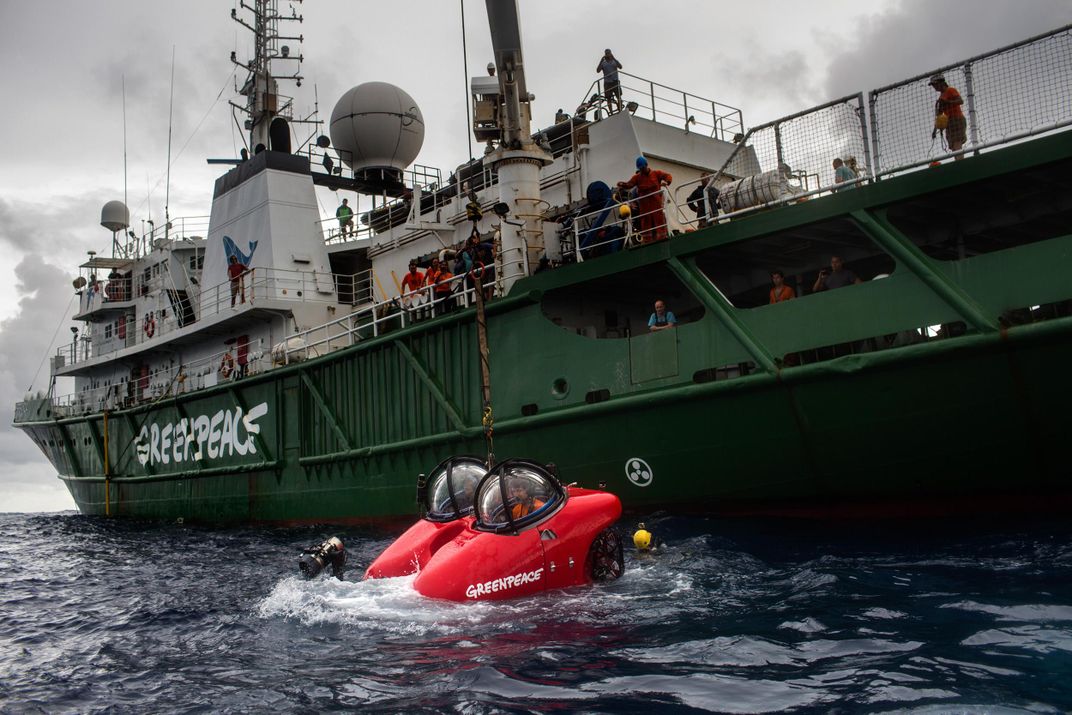
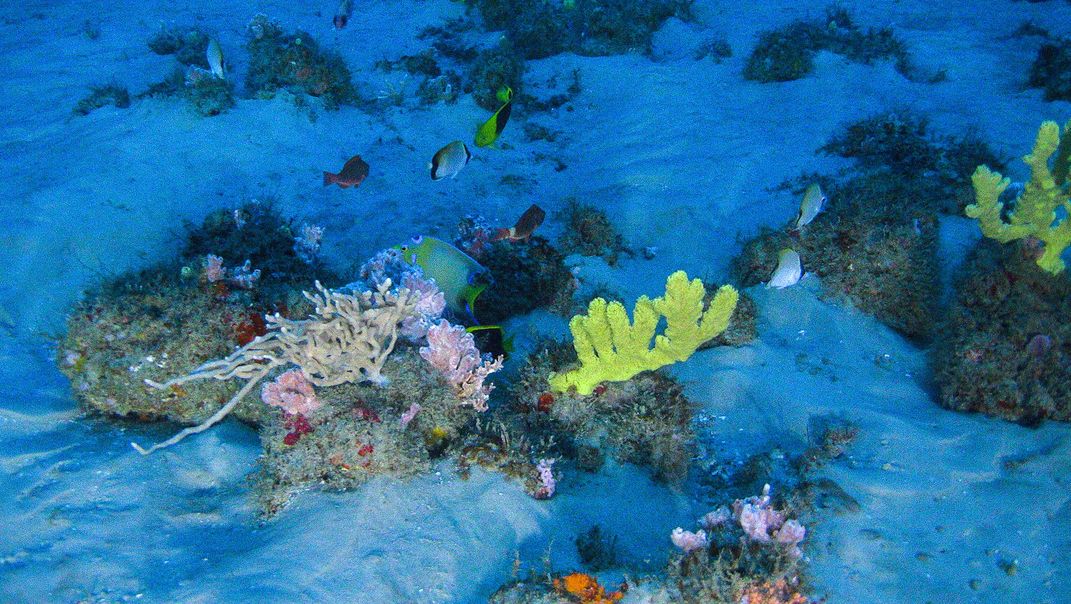
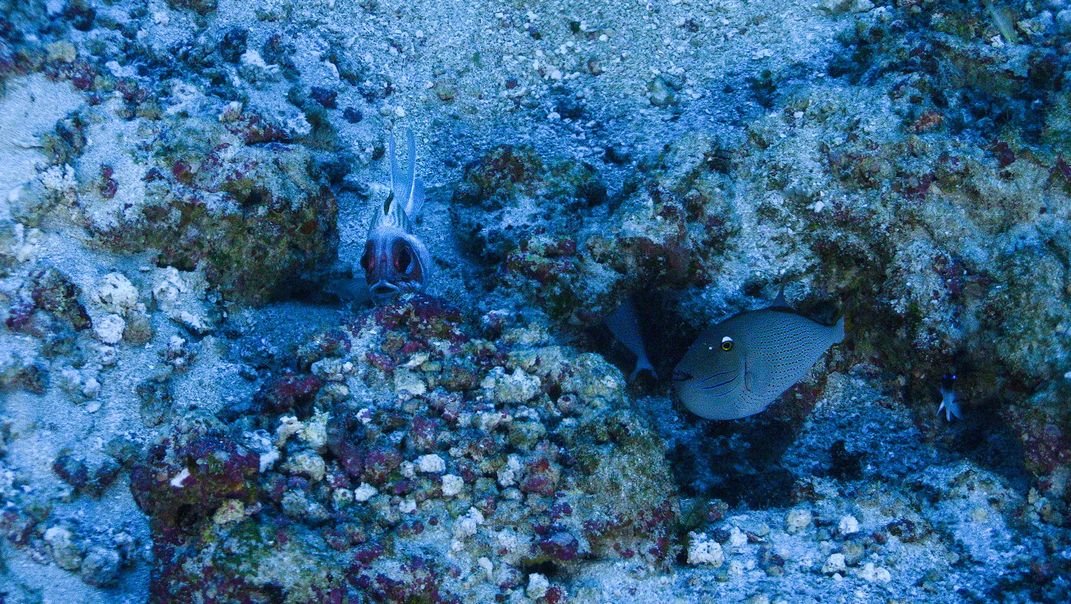
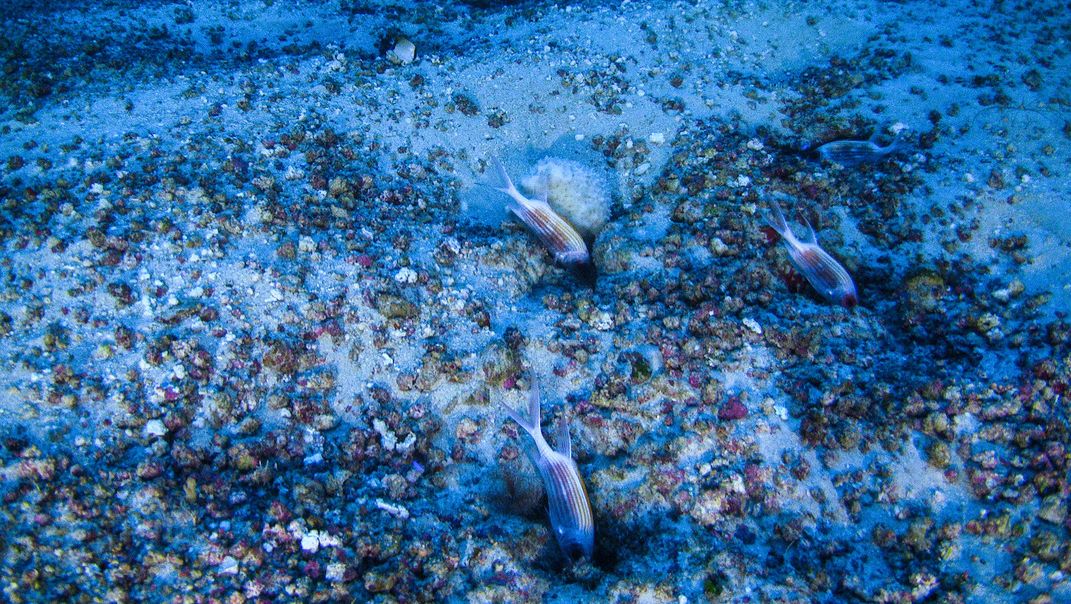
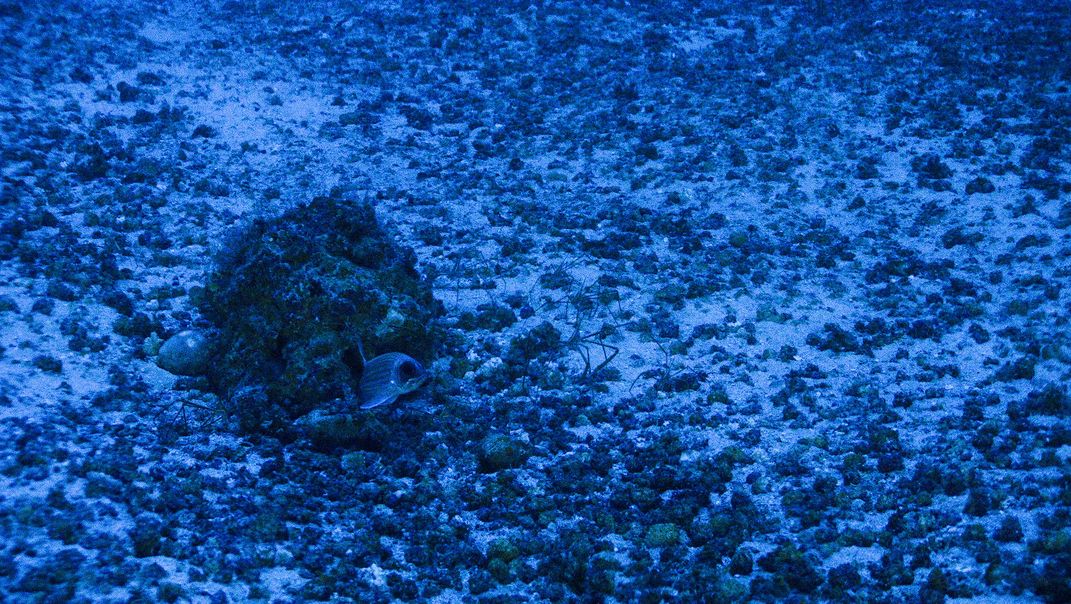
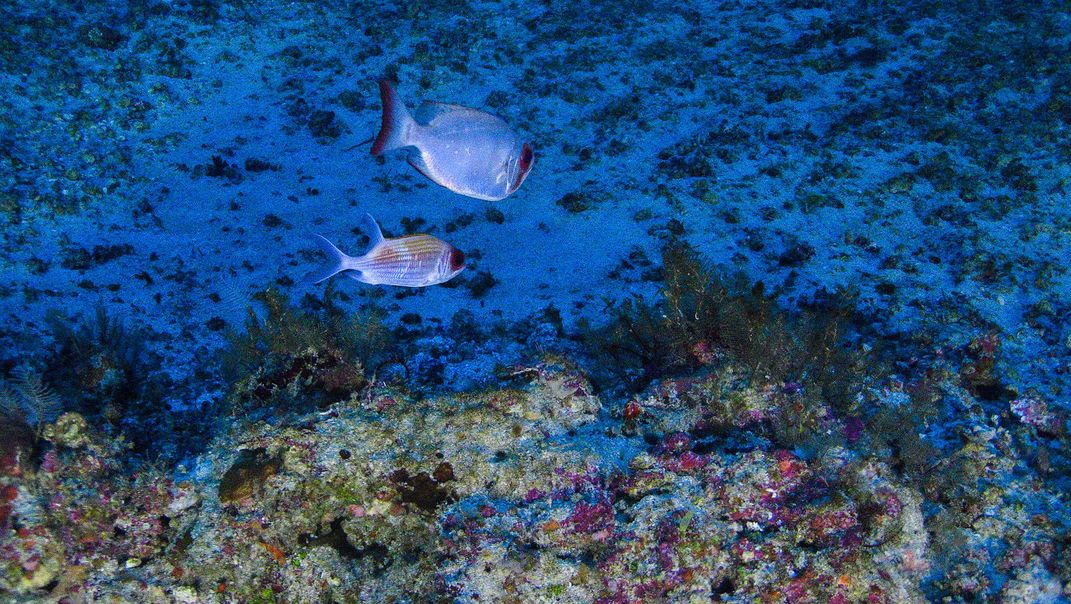
/https://tf-cmsv2-smithsonianmag-media.s3.amazonaws.com/accounts/headshot/erin.png)